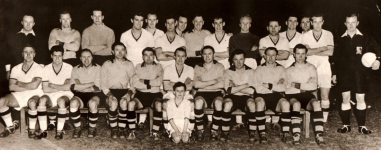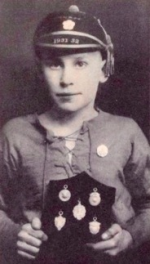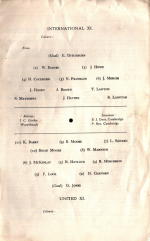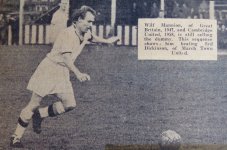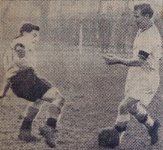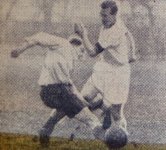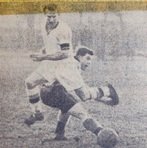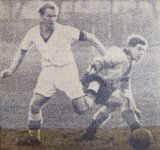Erimus74
Well-known member
To become the 25th different Boro player, our 50th at Ayresome Park & 66th hattrick overall, as the mighty Boro thrashed Portsmouth 8-2 in a 1st division fixture, in front of 6,116, our lowest crowd since May 1934, when 4,758 watched us beat Leicester 4-1
The Boro finished the campaign in 4th place, 10 points behind champions Everton, one place higher & 4 points more than the previous season
Wilf's hattrick took his season total to 11 so far for the season, other goals came from George Camsell who bagged a brace to take his goals to 6 out of 9 games, Cliff Chadwick 10 for the campaigne, William Forest 1st of the campaigne & Ben Yortson 12 goals to date
Wilf Mannion bagged a 4 goal haul & four hattricks at the Boro



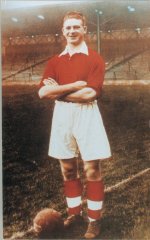
The Boro finished the campaign in 4th place, 10 points behind champions Everton, one place higher & 4 points more than the previous season
Wilf's hattrick took his season total to 11 so far for the season, other goals came from George Camsell who bagged a brace to take his goals to 6 out of 9 games, Cliff Chadwick 10 for the campaigne, William Forest 1st of the campaigne & Ben Yortson 12 goals to date
Wilf Mannion bagged a 4 goal haul & four hattricks at the Boro






